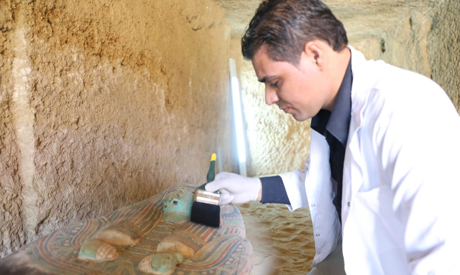
A member of the Egyptian Archaeological Mission inspects part of an Old Kingdom cemetery during excavations carried out at the south-eastern side of Giza Plateau. (Photo:Ahmed Romeih)
Despite the current heat wave in Egypt, local and international journalists and photographers flocked to the Giza Plateau on Saturday to witness the announcement by Minister of Antiquities Khaled El-Enany of the discovery of an Old Kingdom cemetery.
El-Enany said that the announcement of the most recent discoveries and archaeological projects by the ministry not only have a scientific and archaeological value but are also good promotion of Egypt, showing the world the country’s true image, its culture, or soft power.
Zahi Hawass, a former antiquities minster, was also in attendance, and expressed his happiness that he was invited to attend the announcement, as the area where the cemetery was found is very close to his heart because it neighbours the pyramid-builders’ cemetery, which he considers a very important site.
“The discovery of the pyramid-builders’ cemetery shows to the whole world that the pyramids were not built by slaves, but that their builders built their own tombs beside their king’s,” he said.
He told Ahram Online that the discoveries that the ministry have been announcing are the best way to promote Egypt abroad, because the news enters homes worldwide through the international media.
Mostafa Waziri, secretary-general of the Supreme Council of Antiquities and director of the Egyptian Archaeological Mission team that made the discovery of the Old Kingdom cemetery, told Ahram Online that the team discovered several tombs and burial shafts, with the oldest a limestone family tomb from the fifth dynasty (circa 2500 BC) which retains some inscriptions and artwork.
The tomb belongs to two people. The first is Behnui-Ka, whose name has not previously been found in the Giza Plateau. He has seven titles, among them the priest, the judge, the purifier of the kings Khafre, Userkaf and Niuserre; the priest of goddess Maat, and the elder judicial official in the court.
The second tomb owner, Nwi Who, had five titles, among them the chief of the great state, the overseer of the new settlements, and the purifier of Khafre.
Many artefacts were discovered in the tomb; among the most significant is a fine limestone statue of one of the tomb’s owners, his wife and son.
Ashraf Mohi, director general of Giza Plateau, said that the cemetery was reused extensively during the Late Period (from the 8th century BC). Many Late Period wooden painted and decorated anthropoid coffins were discovered on site. Some of them have hieroglyphic inscriptions.
Many wooden and clay funerary masks were also found, some with colour.
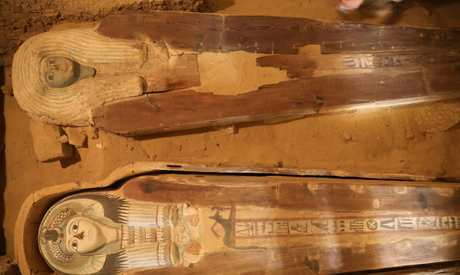
Photos by: Ahmed Romeih
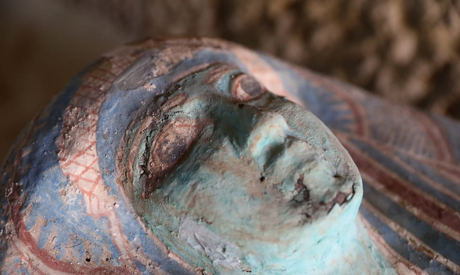
Photos by: Ahmed Romeih
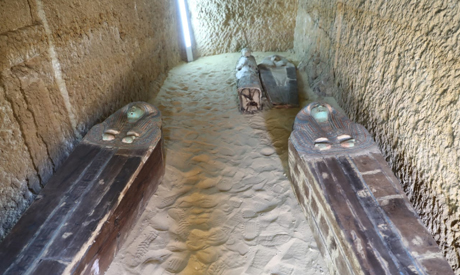
Photos by: Ahmed Romeih
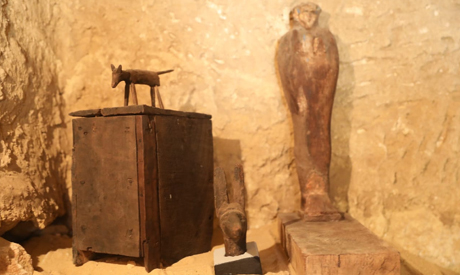
Photos by: Ahmed Romeih
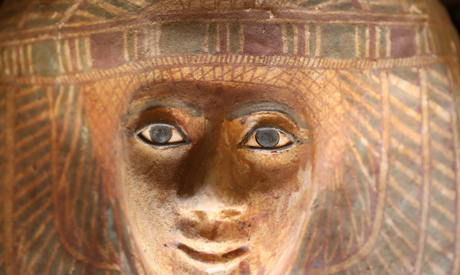
Photos by: Ahmed Romeih
Short link: